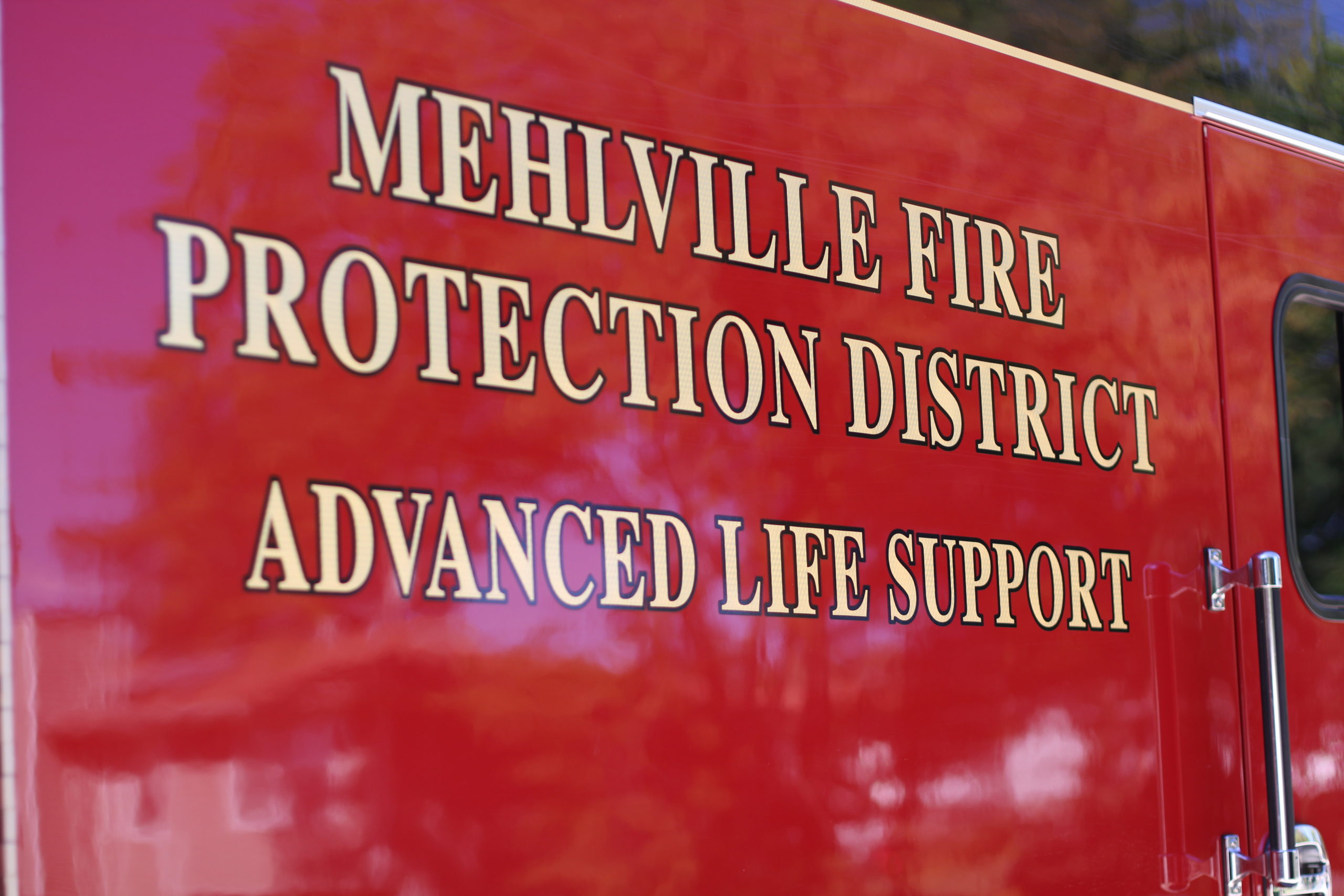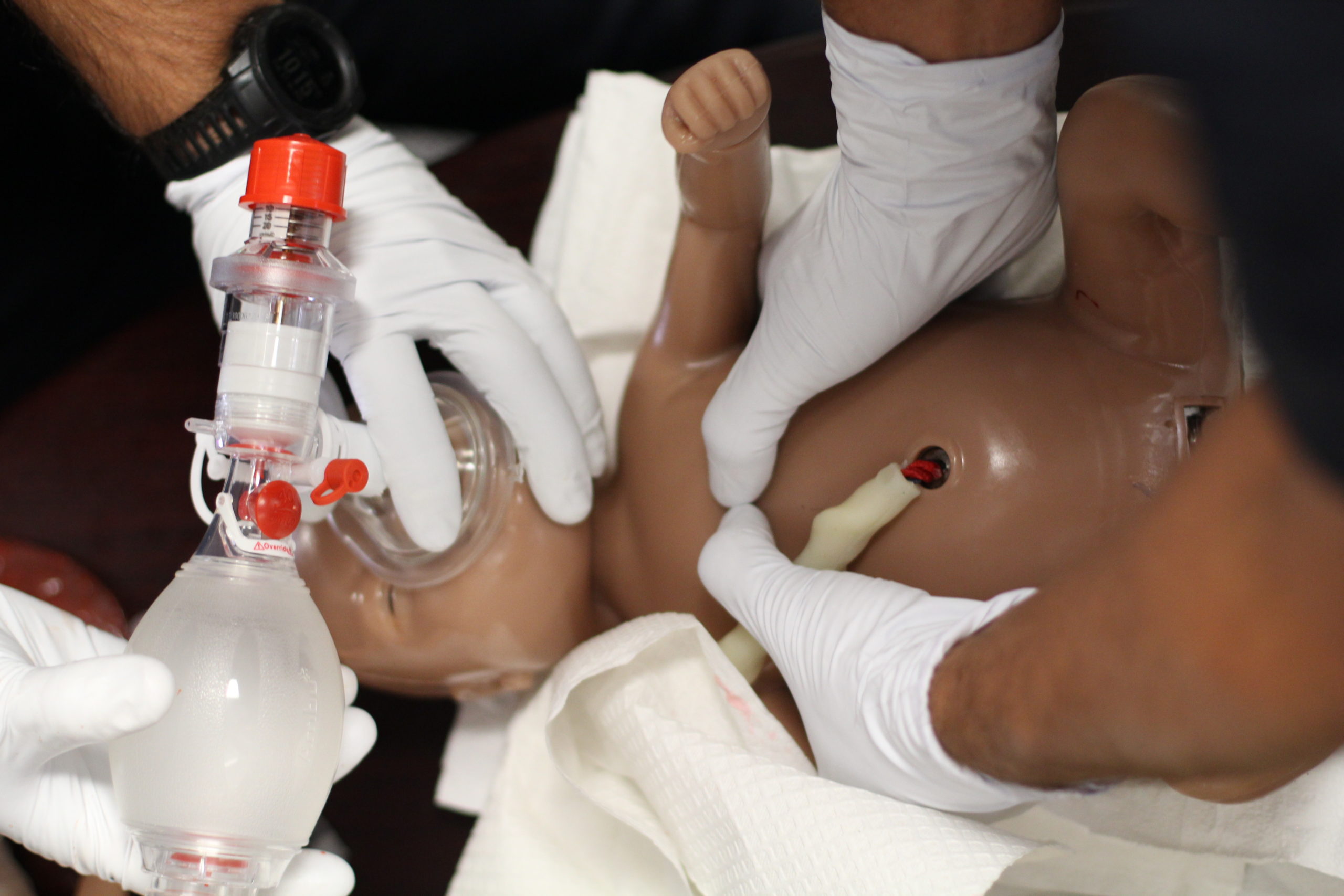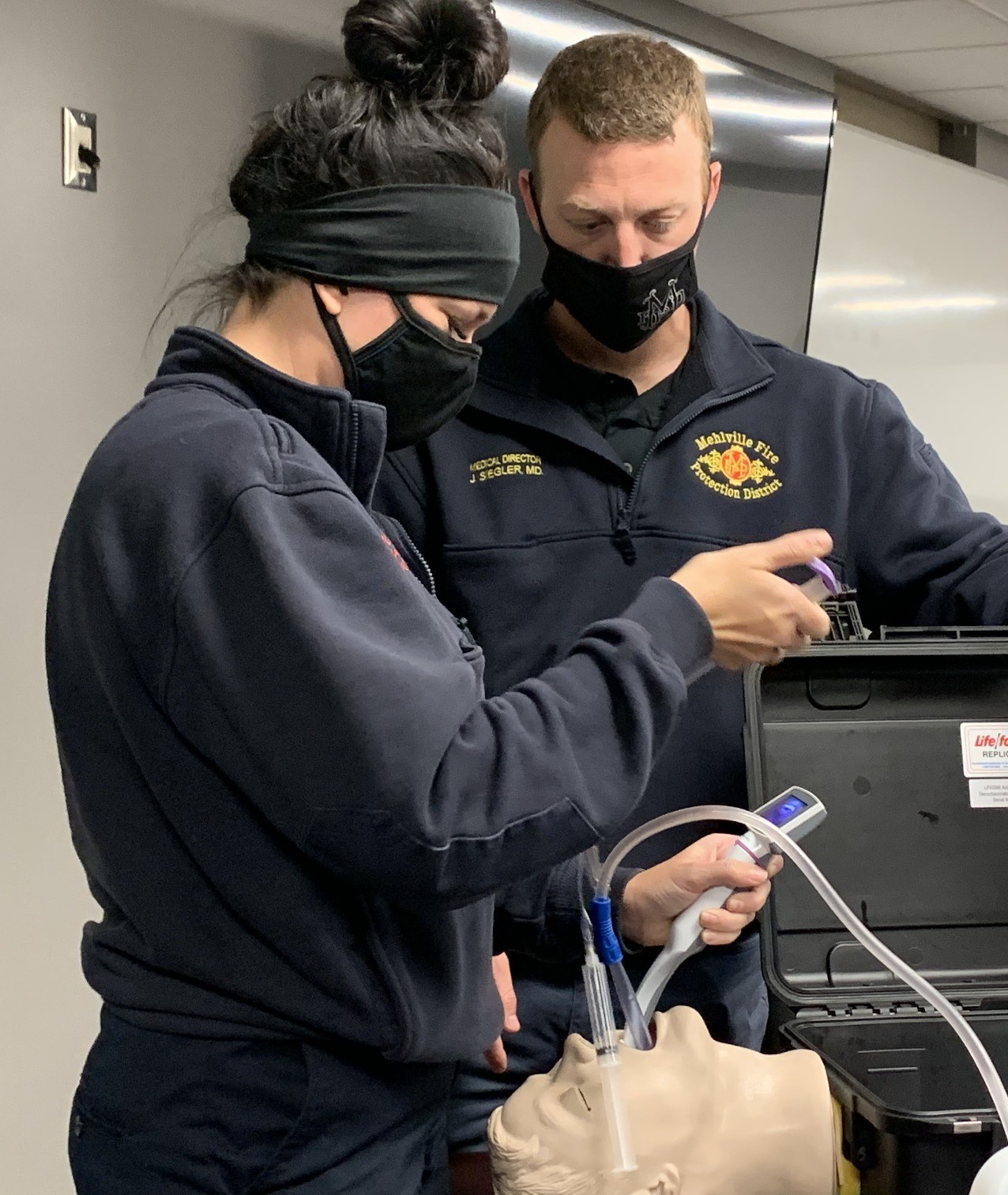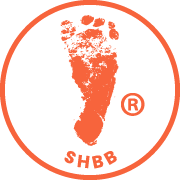Critical Care Paramedics
Critical Care Paramedic Program
The Critical Care Paramedic Program is the backbone of MFPD’s high-quality, progressive emergency care.
CCPs are paramedics licensed in the state of Missouri who hold an additional certification in critical care. At MFPD, CCPs are dedicated solely to ambulance responses while firefighter/paramedics focus on fire and rescue operations. The division of roles, which extends to our management structure, enables us to provide a higher, more specialized level of health care.
CCPs at Mehlville are viewed as clinicians rather than technicians. They start their employment with an extended 5-day orientation dubbed “CCP Academy”. Classes taught by current Mehlville CCPs and our Medical Director, Dr. Jeffrey Siegler, include lectures and skills tests on all procedures covered in the Clinical Operating Guidelines, such as IO Cannulation, Pitcrew CPR, Airway management, and Pharmacology/medication safety. CCPs are also trained on use of equipment ranging from the Zoll monitors that monitor patients heart rhythms, to Sapphire IV infusion pumps, and the Handtevy pediatric resuscitation system. “I’ve never started a job more prepared,” is a common refrain from new CCPs, and they walk onto their ambulances with a solid understanding of Mehlville’s clinical guidelines and high expectations of service to the community.
Our Washington University medical direction team has established tiered protocols that support CCPs in practicing high-level pre-hospital care up to the level of their certification. CCPs can attain their initial certification (state and IBSSC) at MFPD and then obtain CEUs needed for re-certification. Additional rigorous training is ongoing on specific critical care procedures and equipment including ventilators, IV pumps, and Ultrasound. Quality Management (QM) provides CCPs with meaningful data to improve patient care.
Supporting and challenging our CCPs has paid off. Since we began hiring them in 2017, CCPs have led the District to marked improvements in first pass success rates in intubation, ROSC rates, and on-scene times and time to definitive care in Time Critical Diagnoses. We have also successfully expanded into use of ultrasound in cardiac arrest, rapid sequence intubation, intravenous pumps, and mechanical ventilation.

Ambulances and Special Equipment
MFPD operates six 24-hour and one 12-hour ambulances out of our seven engine houses, and each ambulance is staffed by at least one CCP.
ReVel ventilators
MFPD’s ambulances are outfitted with ReVel ventilators, devices that mechanically assist or replace spontaneous respiration in patients who are not breathing or are breathing ineffectively. In contrast to our older CPAP machines, the BiPAP ReVel ventilators deliver positive air pressure when patients breathe in and when they breathe out. The machine customizes its response to each individual patient, providing the exact right amount of air.
The ventilators were a major expense, and it has paid off. Fewer patients go into cardiac arrest, fewer patients require intubation (insertion of breathing tubes into a patient’s trachea), and fewer patients wind up in the Intensive Care Unit. That means more patients have better outcomes, less discomfort, and shorter hospital stays. The ventilators have been of particular benefit to patients with asthma, CHF and COPD and are used most often during flu and cold season.

AutoPulse Resuscitation System
The AutoPulse is a machine that delivers high-quality CPR to victims of sudden cardiac arrest. The portable unit uses a load-distributing band to squeeze the patient’s entire chest to promote better blood flow to the heart and brain. Because the AutoPulse operates automatically, paramedics are free to perform other ALS (Advanced Life Support) procedures and are able to maneuver the patient on a stretcher off the scene and into the ambulance without any breaks in CPR. In fact, AutoPulse reduces interruptions in CPR by more than 85%.
AutoPulse patients have better outcomes. In a randomized trial, 30% of AutoPulse patients achieved ROSC (return of spontaneous circulation) compared to 7% of manual CPR patients. They were more likely to survive to hospital discharge and went home with a better neurological status. In one case study, the AutoPulse LifeBand helped remove water from the lungs of a drowning victim.
The AutoPulse is easy to use and once trained, crews are able to deploy it within 30 seconds.
On one of our calls, a victim of cardiac arrest received the benefit of both of these new devices. After he was resuscitated, the ReVel ventilator helped stabilize his breathing while the AutoPulse remained in place to initiate CPR again if necessary.


